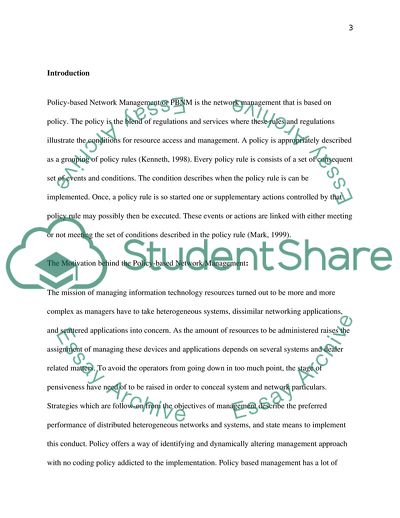Cite this document
(The Use of Policy-Based Network Management Research Paper, n.d.)
The Use of Policy-Based Network Management Research Paper. Retrieved from https://studentshare.org/information-technology/1717583-the-use-of-policy-based-network-management-in-the-management-of-networks
The Use of Policy-Based Network Management Research Paper. Retrieved from https://studentshare.org/information-technology/1717583-the-use-of-policy-based-network-management-in-the-management-of-networks
(The Use of Policy-Based Network Management Research Paper)
The Use of Policy-Based Network Management Research Paper. https://studentshare.org/information-technology/1717583-the-use-of-policy-based-network-management-in-the-management-of-networks.
The Use of Policy-Based Network Management Research Paper. https://studentshare.org/information-technology/1717583-the-use-of-policy-based-network-management-in-the-management-of-networks.
“The Use of Policy-Based Network Management Research Paper”. https://studentshare.org/information-technology/1717583-the-use-of-policy-based-network-management-in-the-management-of-networks.


